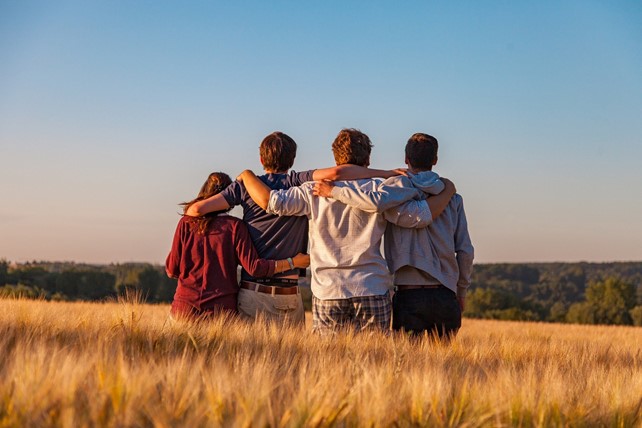General overview of how to implement it
Generally, teachers can approach lesson design any way they wish, but researchers have proposed a five step process to generally guide students’ learning.
1. Completing the activity itself. The most important part of experiential learning is the actual experience, so students must complete their assignments and experience what the teacher has designed for them. It corresponds with the phase “concrete experience” or “acting” according to Kolb’s experiential learning cycle.
2. Students should reflect on what they did. They should share the results of their actions, get reactions from others, and learn from others about how other approaches to the material differed. The emphasis in this stage is to get students interacting and seeing how differently each approach turns out. It corresponds with the phase “reflecting observation” or “watching” according to Kolb’s experiential learning cycle.
3. Students can then begin to think a little bit more in-depth about their experiences. At this third stage, discussions need to be ongoing and more analytical than during the initial stage when students were sharing results. Of course, the ability to go in-depth will vary depending on the grade level of the students. However, students should always be able to at least link what they’ve learned to the wider classroom lessons. It corresponds with the phase “abstract conceptualization” or “thinking” according to Kolb’s experiential learning cycle.
4. Establishing the importance of what was learned. Students should ask themselves what the importance of their lessons include and how it can apply in a real life context. This step is halfway between the “abstract conceptualization” or “thinking” phase and the “active experimentation” or “applying” phase according to Kolb’s experiential learning cycle model.
5. Students need to apply what they’ve learned. The application of earned information can take place within both a similar or very different environment. At this juncture, students should be guided regarding how to apply their knowledge within the current learning context and how to transfer that knowledge to new contexts. It corresponds with the phase “active experimentation” or “applying” according to Kolb’s experiential learning cycle.


